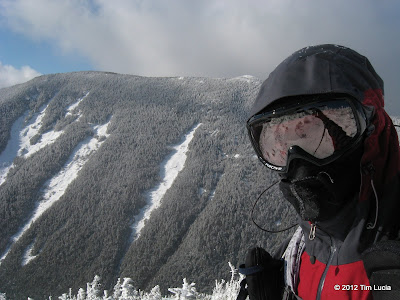The anti-fog trick that seems to work best is to make certain the goggles go OVER the mask, and seal against your nose, cheeks and face so no exhaled moisture can go UP under the mask and inside the goggles. There are numerous threads here which discuss this... myself and Chip are two people who put out a bit of moisture

and have a fogging / icing problem. We're not alone, I'm sure. Putting the goggles near your skin or clothes in such a way that they get evaporated sweat on them means they'll freeze up once taken out of the warm spot. Be sure to never store them on your head. It helps once you put them on, leave them on and don't mess with them.
Tim

